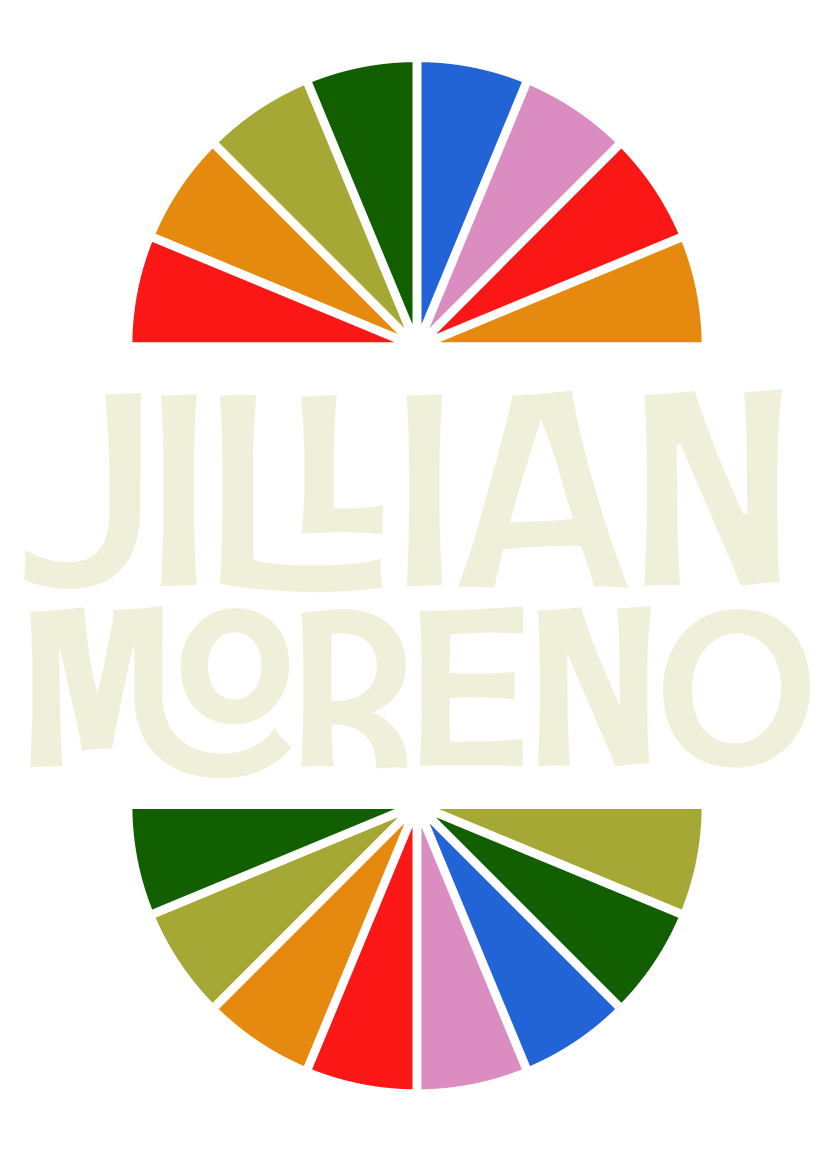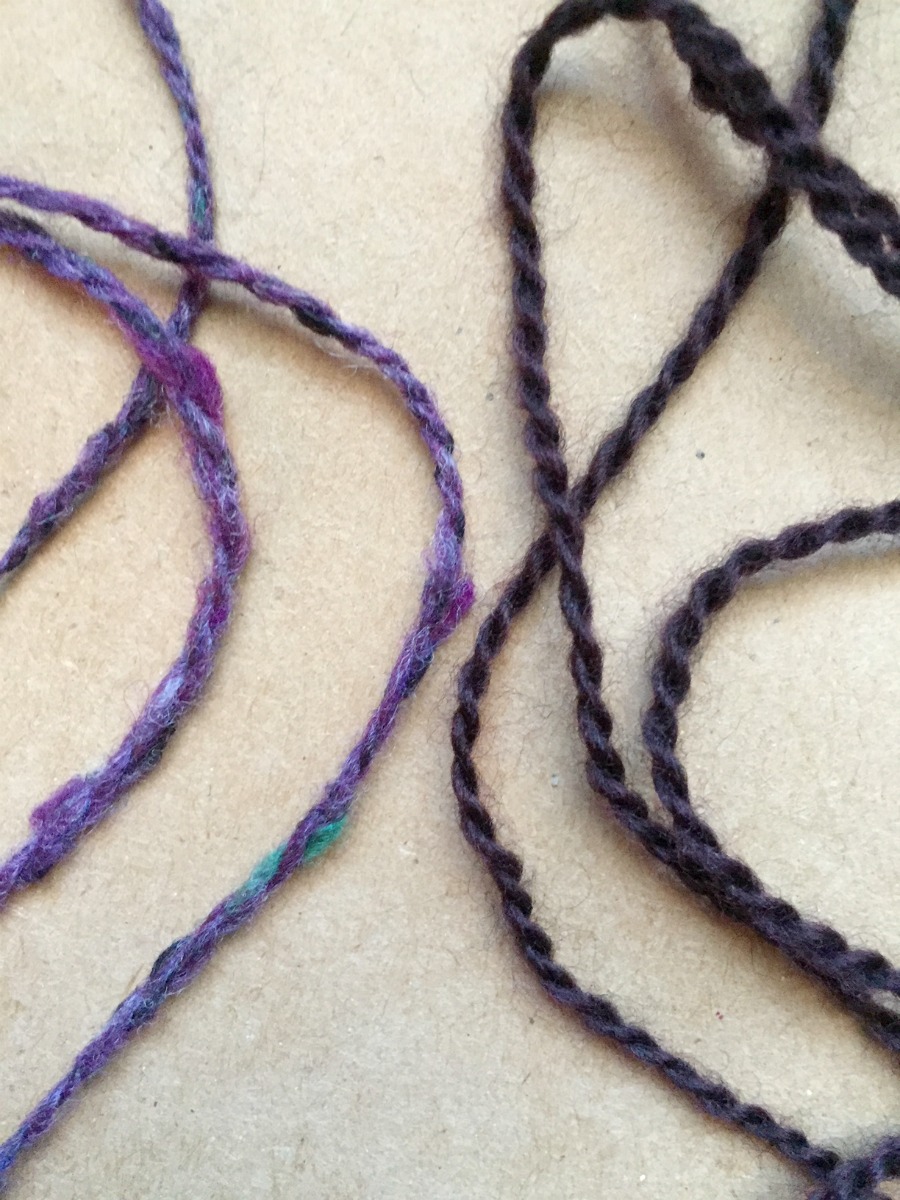I just started knitting Waiting for Rain by Sylvia McFadden using the Fibre Co.'s Arranmore Light (80% Merino/10% cashmere/10%silk) and Woolfolk's Tynd(100% Orvis XXI Ultimate Merino Wool). Yes, I'm using mill spun yarn to knit.
Even though I seem to be spinning to knit most of the time, I still use mill spun yarn quite a bit.
The yarn is done. Sometimes I just want to knit and don't want to think about building a yarn to my specs, or locate the exact right skeins in my already spun stash. I want to support yarn shops, dyers and the yarn industry. I never want yarn shops or yarn people to disappear.
Mill spun yarns are sexy, really irrisistable. Mill spun yarns have become way more interesting over the past years. It helps that the smaller batch yarns are availible online and in shops, not just at fiber festivals. Medium and bigger companies are paying much more attention to the fibers they source and how their yarns are spun and dyed. There are fewer labels in shops now that just say, "100% wool".
Using mill spun yarns makes me a better spinner. They allow me to study how yarn behaves when knit. I pick apart the structure and content of a yarn while I knit with it and I knit with blends I may not think to use.
Every project that I knit with a mill spun yarn leaves me with a list of new spinning samples I want to make. I always have questions and what-ifs based on the results of my projects and the content and struct of the yarns I used.
The two yarns I'm using for this project are not only soft and beautiful. One is an exceptional grade of Merino (the Tynd), spun and plied perfectly evenly, it also has a halo. One (the Arranmore) is a merino blended with cashmere and silk, mixed with colorful flecks and spun with variations that look a lot like handspun. I'm curious to see how each yarn knits and how they work and look together in the finished shawl.



